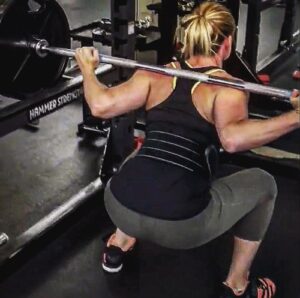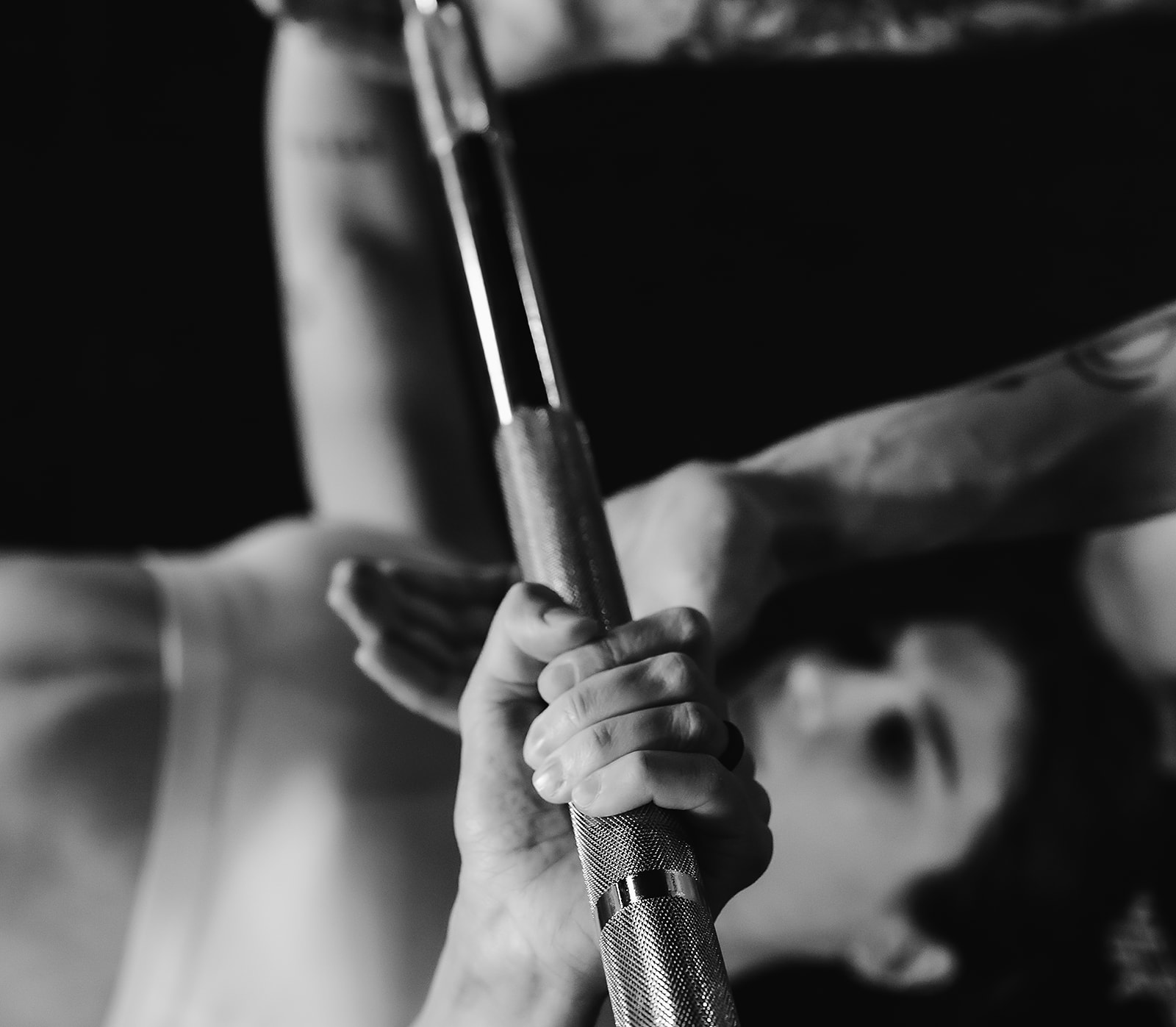THE HOW: BREAKING PARALLEL SQUATS
Last week, we discussed the benefits of breaking parallel in the squat. Check out last week’s blog on breaking parallel.

As we discussed, a below parallel, full range of motion squat is performed by squatting down until your hips are below your knees. In a powerlifting competition, the judges look for “the hip and knee crease” to make sure you are squatting at full depth. For those who don’t compete and just want to learn the proper way to squat, this blog post is also for you!
Now that we understand WHY breaking is beneficial, let’s discuss HOW to get there.
Squat Progressions
Learn to master the bodyweight squat before you add load on your back. This is important as bodyweight squats mimic daily movement patterns (i.e., sitting down and standing back up) so it is important to increase your range of motion with your own bodyweight before adding any extra loading.
Perform box squats (above parallel) to ensure you are squatting with proper form and biomechanics. Depth comes second in importance to form (maintaining a solid spinal position and avoiding excessive pelvic tilt, keeping the heels down, and avoiding valgus knee collapse/caving) so work your way down to proper squat depth. Once you master a certain box squat height, a way to progress is to do box squats on a shorter box and then master that depth, and so on.
Sample Progression (click the exercise for video links):
High Box Squat (Above Parallel or at Parallel)
Low Box Squat (Below Parallel)
Weighted Box Squat (Goblet Squat on Box)
Barbell Box Squat (Above or at Parallel)
Barbell Box Squat (Below Parallel)
What is “proper form” in the squat?
All squats will look different. We will discuss a few variables below. When you can maintain a neutral position in the spine and avoid excessive pelvic tilt (butt wink), keep your heels down, and avoid valgus knee collapse (knees caving in), you have achieved an ideal position that we refer to as “proper form.” The best way to know is to consult a coach, trainer, or other professional. If you don’t have a trainer, take videos of your form so that you can see what your squat looks like.
Bar Placement for Squats
Most recreational lifters are familiar with a higher bar placement (on the traps). Some people will find that something in the middle works (hybrid bar placement slightly lower on the traps). In terms of strength, the low bar placement tends to be a stronger position for squatting for a lot of people. Many successful powerlifters choose the low bar position because it tends to allow the lifter to lift more weight. However, both the high bar and the low bar position can be beneficial in a training program and the high bar position has more carryover to weightlifting (cleans, snatches, etc) and you’ll typically get a larger range of motion which can lead to more hypertrophy benefits overall in the long run.
When performing a high bar squat, the back angle becomes much more vertical in order to keep the bar path over mid-foot. Some people have structural variations that cause them to have a more upright positioning in squats and therefore, they feel more comfortable with the high bar squat.
A shorter femur and a longer torso create a higher chest position and less forward lean. A longer femur and shorter torso create a greater forward lean. Check out this video where Tom Purvis compares two men with completely different bone lengths and the way he manipulates different variables to improve their squat.
Hand Placement for Backsquats
Hand placement is typically around the rings if low bar squatting, and narrower if squatting high bar. However, this varies. For newer squatters, hand placement beyond the ring width can decrease your ability to keeps your back engaged and tight. If the hands can’t come close enough to maintain a tight back, chances are you need to work on bettering your shoulder mobility. Many low bar squatters also choose a thumbless grip by placing the entire hand over the bar.
Squat Stance
Stance can be narrow or wide depending on the athlete. Try both. Femur and torso length as well as bar position may affect this variable. No matter the stance, the knees still need to track the toes. Push the knees out so they line up with your feet and keep your spine neutral.
Mobility for Breaking Parallel in the Squat
Many people cannot break parallel due to hip/knee/ankle flexibility/mobility issues. Quite often, the hip is the culprit (but not always!). Dorsiflexion of the ankle can also be a huge issue. The amount of dorsiflexion required will depend on the type of squat you are performing. Hip flexion and external rotation may be the usual suspect, but don’t always rule it as the problem. Many tests can be done in order to determine what the issue is, but that’s another post of it’s own!
If hip and ankle mobility are culprits, try adding mobility drills into your daily routine. Moving through runner’s lunge, lizard pose, and pigeon pose are some good poses to start with for the hips while practicing ankle mobility drills with a dowel or a body bar beside you can help as well. Here’s a short ankle mobility example video:
Hip Anatomy for Squat Depth
Lastly, bony structures could also change the way we squat. Check out this article and video by Ryan Debell that talks about hip bony anatomy and how the structural build can change the squat.
In Conclusion:
Every squat will be different. Depending on your body, you will need to modify and change specific variables in order to find imbalances or reach proper depth with good form. With so many variables to identify and change, it can take a very long time for someone to find what works for them. A qualified trainer can help you identify weaknesses and tweak your form in order to help you. Don’t be discouraged! In some cases, it will take some time but finding what works for your body is so much better than doing what you hear is “correct” and loading it up with weight and creating a further imbalance or injury.
Excited to jumpstart your fitness journey? Start by tuning in to our podcast, ‘Stronger than your Boyfriend,’ for expert advice and tips. Then, enhance your journey by exploring our variety of programs! Whether you’re after workout insights or personalized support, we’ve got you covered. Transform your body and mindset today. Hit play on the podcast and dive into our programs to reach your fitness goals together!
Heather & Katie
The Power Couple
For more tips, science, and training programs, sign up for our newsletter
References
Debell, R. (2014, January 09). Why people HAVE to squat differently. Retrieved July 27, 2016, from http://themovementfix.com/the-best-kept-secret-why-people-have-to-squat-differently/
Purvis, T. [PersonalTrainingdotcom]. 2015, Feb 3. Squats Part 2: Fold Ability and Proportions (Examples & Adjustments). Retrieved from https://www.youtube.com/watch?v=KGEKRjlZKf8
Rippetoe, M., & Kilgore, L. (2007). Starting strength: Basic barbell training. Wichita Falls, TX: Aasgaard.




